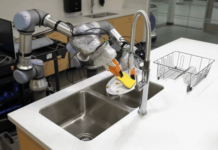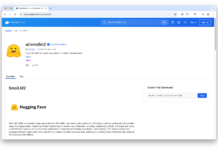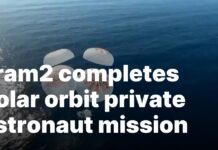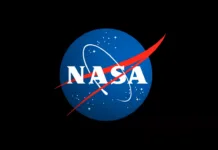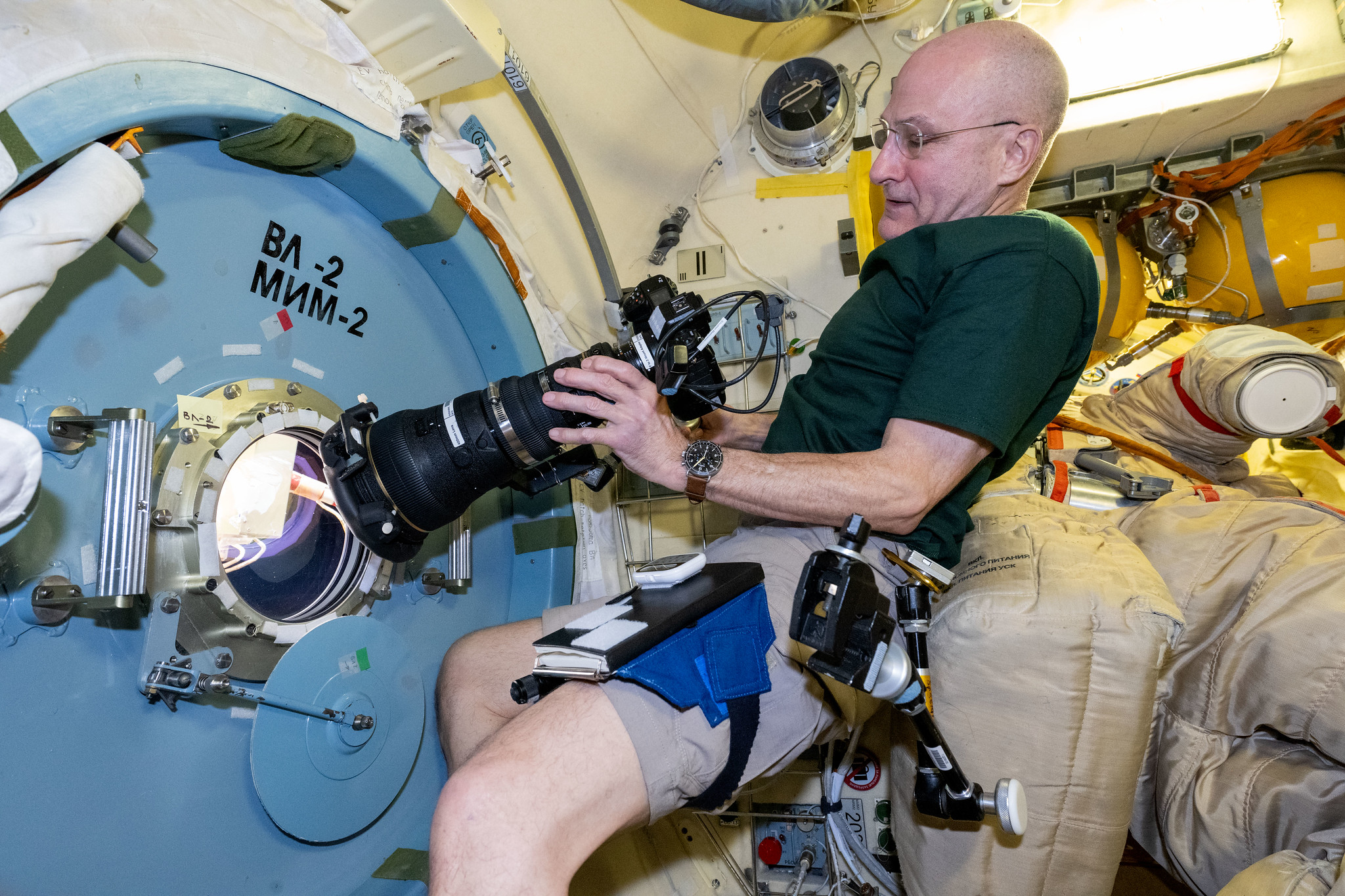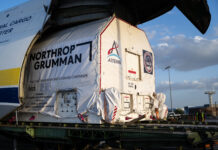Idaho Students Connect with NASA Astronaut Aboard the International Space Station
In an exciting event that bridges the gap between Earth and space, students from Hawthorne Elementary School in Boise, Idaho, are presented with a unique opportunity. These young learners will have their prerecorded questions on science, technology, engineering, and math (STEM) addressed by none other than NASA astronaut Don Pettit, who is currently stationed aboard the International Space Station (ISS).
This special 20-minute interaction, where space meets Earth, is scheduled to be broadcasted at 12:30 p.m. EST on Friday, January 10. The event will be available for the public to watch through the NASA+ platform. For those interested in viewing this interaction and other NASA content, there are various ways to access these broadcasts, including social media platforms. For more details on how to tune in, you can visit the official NASA page.
Media Coverage and RSVP Details
For media personnel interested in covering this educational event, it is important to note that an RSVP is required. The deadline for this is 5 p.m. on Tuesday, January 7. Interested parties should contact Dan Hollar via email or phone to secure their participation.
The Legacy of Continuous Human Presence in Space
For over two decades, the International Space Station has been a hub of continuous human activity in space. Since its first occupants, the ISS has served as a pivotal platform for testing new technologies, conducting critical scientific research, and developing skills that are essential for future endeavors deeper into space. This orbiting laboratory is a testament to human ingenuity and collaboration, providing valuable insights and advancements that benefit life on Earth.
Astronauts on the ISS maintain constant communication with NASA’s Mission Control Center located in Houston. This seamless interaction is made possible through NASA’s Space Communications and Navigation (SCaN) Near Space Network, a sophisticated system that ensures reliable communication between the space station and mission control.
The Impact of ISS Research and Future Missions
The research conducted on the ISS is not just about space exploration; it has practical applications that directly impact life on our planet. From medical breakthroughs to technological innovations, the experiments carried out in the microgravity environment of the ISS contribute significantly to our understanding and improvement of earthly life.
The ongoing work aboard the ISS also lays the groundwork for future missions beyond our planet. Under NASA’s Artemis program, the agency aims to return humans to the Moon, with the ultimate goal of preparing for human exploration of Mars. This program is not only about exploration but also about inspiring the next generation, aptly named the Artemis Generation, to continue the quest for knowledge and discovery.
Educational Resources and Inspiration
NASA provides a wealth of resources for educators and students interested in space science. Various lesson plans and videos highlight the research and technology being developed on the ISS. These resources are designed to inspire and educate, fostering a deeper understanding of space science and its importance.
For those interested in exploring these educational materials, NASA’s STEM on Station portal offers a comprehensive collection of resources. This platform is an excellent tool for educators to bring the wonders of space into the classroom, encouraging students to dream big and pursue careers in STEM fields.
A Moment of Inspiration for Young Minds
The opportunity for Hawthorne Elementary students to interact with an astronaut aboard the ISS is more than just an educational experience; it is a source of inspiration. It shows young minds that the sky is not the limit and that with curiosity, dedication, and education, they too can reach for the stars.
This event is a reminder of the importance of investing in STEM education and providing students with opportunities to engage with real-world applications of their studies. By connecting with NASA and its astronauts, students gain a firsthand appreciation of the work that goes into space exploration and the possibilities it holds for the future.
Conclusion
The upcoming interaction between NASA astronaut Don Pettit and the students from Hawthorne Elementary School is a remarkable example of how technology can bridge distances and bring people together. It highlights the role of the ISS as a platform for education and exploration, inspiring the next generation to continue pushing the boundaries of what is possible.
For more information on NASA’s educational programs and to watch the space-to-Earth call, you can visit NASA’s official website. This event is not just a call to space; it’s a call to the future, inviting young minds to embark on a journey of exploration and discovery.
For more Information, Refer to this article.


















